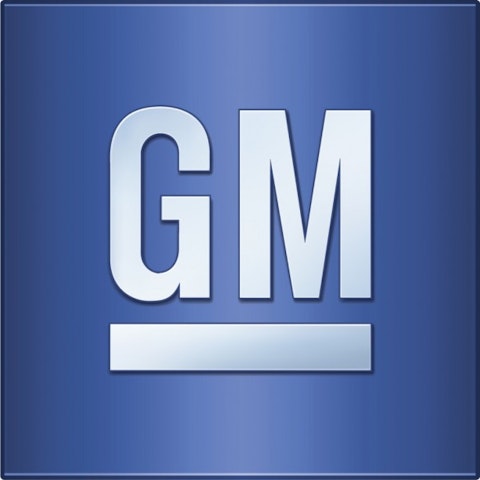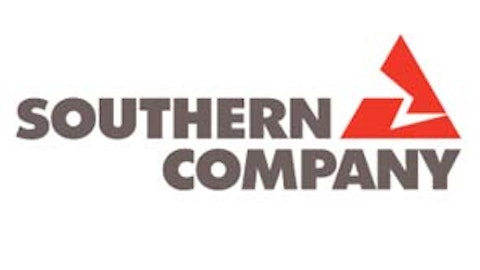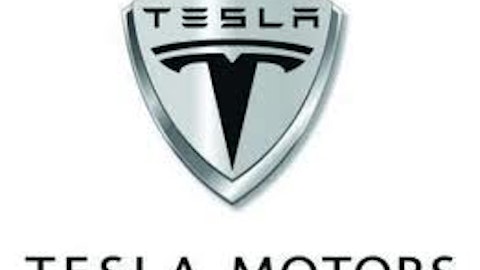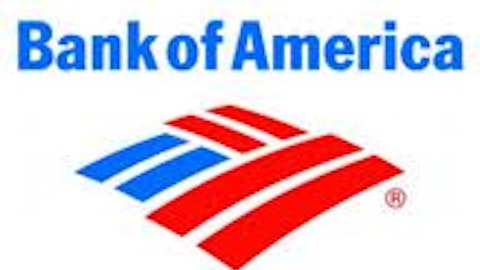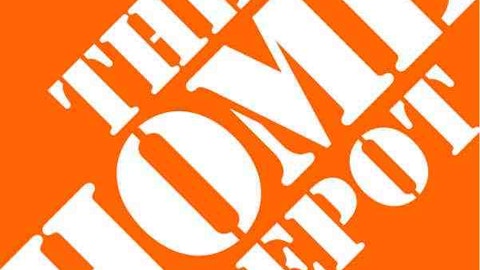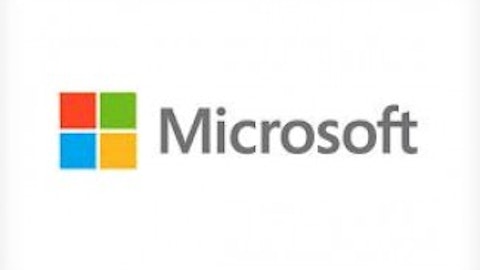On this day in economic and business history …
The first index fund was created on Aug. 31, 1976. The First Index Investment Trust, as it was called, had been created and sponsored by Vanguard, and it’s now known as the Vanguard 500 Index Fund Investor Class (MUTF:VFINX). It was a “seminal event in investing … a steady revolution that continues today,” according to analysts at Morningstar. Here is its story, straight from index fund pioneer and Vanguard founder John C. (Jack) Bogle:
The idea that passive equity management could outpace the active management that was until then the mutual fund industry’s universal strategy was derogated and ridiculed. (The fund, now Vanguard 500 Index Fund Investor Class (MUTF:VFINX), was referred to as “Bogle’s Folly.”) Yet today indexing has earned broad, if begrudging acceptance. Assets of index mutual funds now total about $2 trillion, one-fourth of all equity fund assets. Indeed, over the past five years, index funds have accounted for more than 100% of all equity fund cash flows. Indexing is clearly an idea whose time has come.
Back in 1976, my associates at Vanguard shared my confidence that indexing would ultimately come to reshape the mutual fund industry. After all, equity mutual funds as a group were destined to roughly track the returns of the entire stock market — but only after the high costs of mutual fund investing. Not only management fees and operating expenses averaging about 1.5% of assets per year; not only the hefty sales loads paid to brokers on the sale of fund shares of most funds; but also the embedded (and undisclosed) costs and tax impact of portfolio turnover. All-in, fund investment costs could easily reach 3% per year, virtually guaranteeing that fund investors as a group would experience a substantial shortfall to the market.
By contrast, that first index fund, based on the Standard & Poor’s 500 Index, paid no management fees (after all, it required no active management); was expected to maintain an expense ratio of 0.3% per year; would, following the IPO, eliminate all sales loads; and would have minimal portfolio turnover and provide high tax efficiency. By holding investment costs to the bare minimum, the index fund would virtually guarantee that its investors would earn their fair share of stock market returns.
As Bogle says, indexing is indeed an idea whose time has come. Roughly four out of five active large-cap mutual fund managers trailed the S&P 500 in 2011, and more than half the funds in all mutual fund categories trailed that index in the three years ending in 2011. There are over 350 different index funds to choose from today, and that number has remained relatively stable for nearly a decade.
General Motors Company (NYSE:GM) began an 84-year streak on the Dow Jones Industrial Average 2 Minute (INDEXDJX:^DJI) on Aug. 31, 1925. This is — as of 2013 — the fourth-longest stretch of index membership since the Dow Jones Industrial Average 2 Minute (INDEXDJX:^DJI) was created in 1896. It wasn’t even General Motors Company (NYSE:GM)’s first time on the Dow Jones Industrial Average 2 Minute (INDEXDJX:^DJI), as the diversified automaker had been a member for a year and a half beginning in 1915. However, the auto industry had been progressing at a breakneck pace since 1916, and General Motors Company (NYSE:GM), as the largest publicly traded automaker, was an ideal representative (although not the only one, as Mack Trucks was also a component at the time)
In 1915, gasoline cost $0.08 per gallon (equal to $1.85 today) and a new car cost $500 (equal to $11,600 today). Chevrolet had not yet joined General Motors Company (NYSE:GM)’s stable and had not yet cranked up production as an independent automaker, so General Motors Company (NYSE:GM)’s auto production that year was roughly 65,000 vehicles between Buick and Cadillac.
By 1924, shortly before General Motors Company (NYSE:GM) joined the Dow for a second time, gasoline had risen to $0.21 per gallon ($2.85 today), but an average new car’s price had plunged to $380 (just $5,200 today!). Chevy had risen to become GM’s most important marquee, and 265,000 Chevys rolled off of GM assembly lines in 1924, just a year after building the one-millionth Chevy.
GM’s 1925 annual report showed a highly profitable and fast-growing automaker rewarding shareholders in its 17th year of existence. The company built and sold 827,056 cars, a 13% increase over 1924 and worth total revenue of $734.6 million. The company generated an impressive $116 million in net income, worth an almost unheard-of (in modern times, anyway) 15.8% net margin.
The company paid out dividends of $6.00 per share for common shareholders during the 1925 fiscal year, which was good for a 5.8% yield based on share prices seen during the third quarter. That doesn’t count a special $5.00-per-share special dividend declared at the end of November, and another $1.00-per-share extra dividend, which doubled GM’s real yield to 11.6%! It was a good time to own this automaker — especially for chemical giant E I Du Pont De Nemours And Co (NYSE:DD), which owned 36% of GM’s outstanding shares in 1925 and received $22.5 million in dividends. That was nearly half as much as E I Du Pont De Nemours And Co (NYSE:DD) had paid for its stake in 1919!
A year later, GM produced nearly 550,000 Chevys and more than a million vehicles in total. In 1927, Chevy surpassed longtime industry leader Ford in total production for the first time with its first million-car year, and GM would never again find itself looking up the sales rankings at its greatest Detroit rival. However, even the world’s largest automaker would not be immune to a global financial crisis. GM survived the Great Depression, World War II, the stagflation of the ’70s, and the Japanese invasion of the 1980s, but it was finally forced to declare bankruptcy in 2009, which necessitated its removal from the Dow after 84 years.
First to light the West
The San Francisco Gas Company was founded on Aug. 31, 1852, with capital of $150,000, and by the end of its first year it had 237 customers. This was the first gas utility in the West, only two years after California had been admitted to the United States. The company initially charged $15 per 1,000 cubic feet of coal gas, an astronomical price that would be equal to $455 today — a price more than 5,000% higher than an equivalent amount of natural gas sold to commercial customers today. Small wonder there were so few customers!
San Francisco Gas grew slowly through the 1850s, and in the 1870s the utility entered a fierce price war with a newly established rival. In 1873, San Francisco Gas merged with two rivals to become the San Francisco Gas Light Company. The 1890s brought electric power to the West, and San Francisco Gas Light became San Francisco Gas and Electric in 1896. Nine years later, this company merged with another rival Californian utility to become PG&E Corporation (NYSE:PCG), commonly known as PG&E Corporation (NYSE:PCG). Today, the West’s oldest utility is not only the West’s largest, but it’s also the largest in the entire country, and through its many mergers it boasts a number of historical firsts — read more about PG&E’s history by clicking here.
Almost a bear market
The Dow very nearly slipped into bear-market territory on Aug. 31, 1998. That day, the index lost 512 points — the worst point loss in its history to that time and worth 6.4% in lost value — as Wall Street freaked out over the possibility that Russia’s debt default would cause catastrophic ripples throughout the global economy. By this point, Russia’s stock market had plunged more than 75% over the course of the year, and the Dow itself had lost 19.3% of its value since the first trading day following Russia’s default, pushing it perilously close to the arbitrary 20% decline that typically defines a bear market.
The following day, the Dow rebounded with a 3.8% gain, and the crisis was more or less averted. The index returned to its pre-panic levels by November, and it eventually peaked in early 2000 with a gain of 56% over its closing level of 7,359.06 points of Aug. 31, 1998.
The article The Birth of the Index Fund and the Rise of General Motors originally appeared on Fool.com is written by Alex Planes.
Fool contributor Alex Planes holds no financial position in any company mentioned here. Add him on Google+ or follow him on Twitter, @TMFBiggles, for more insight into markets, history, and technology.The Motley Fool recommends Ford and General Motors and owns shares of Ford.
Copyright © 1995 – 2013 The Motley Fool, LLC. All rights reserved. The Motley Fool has a disclosure policy.
